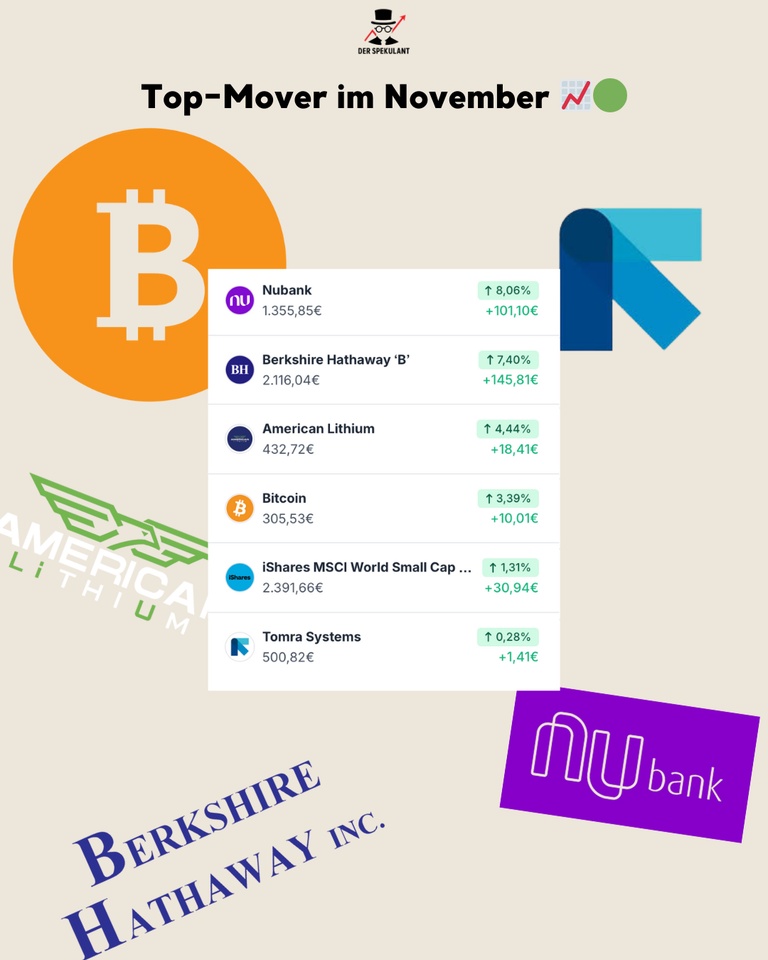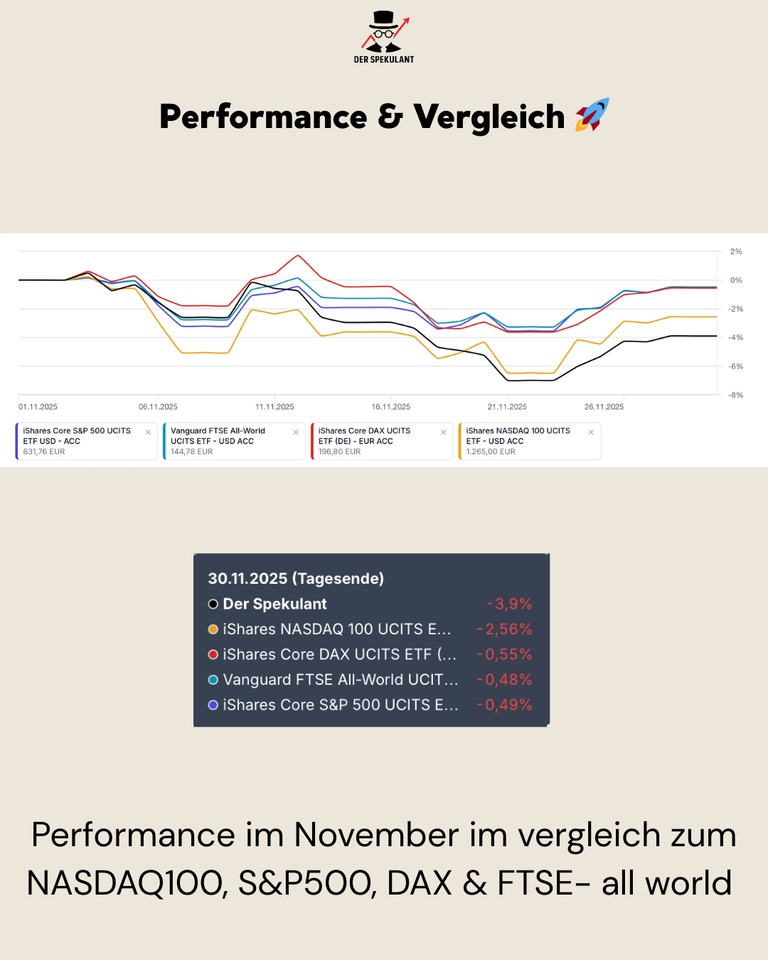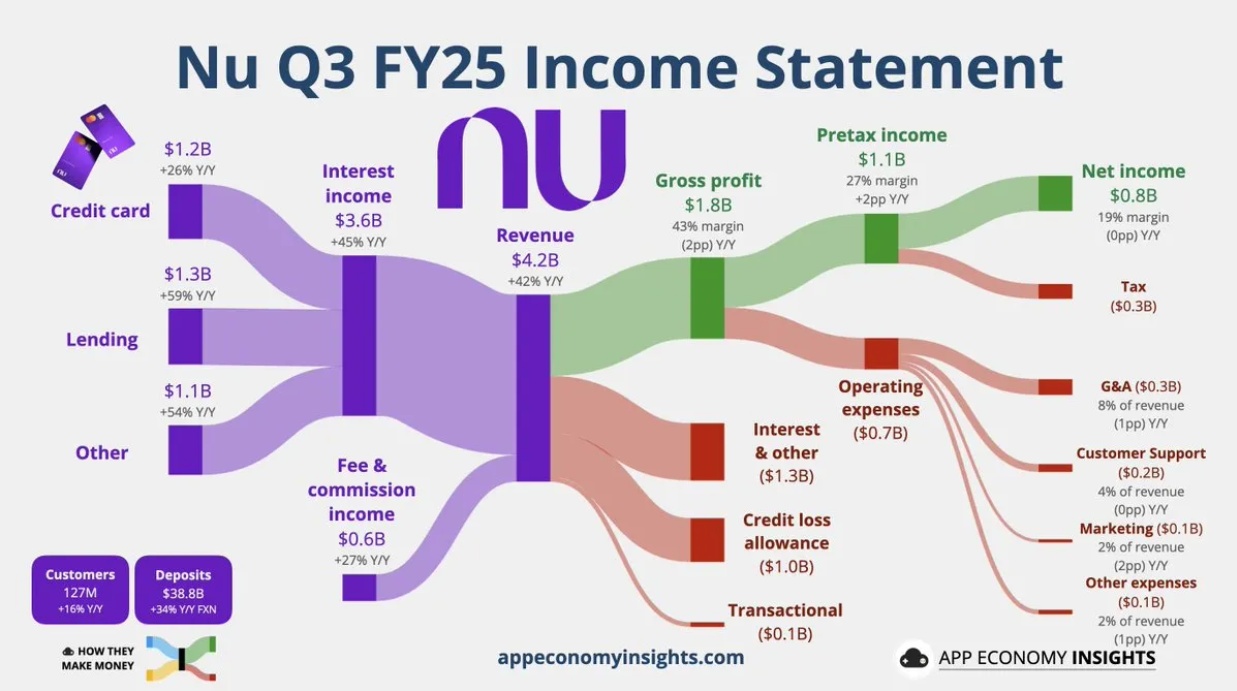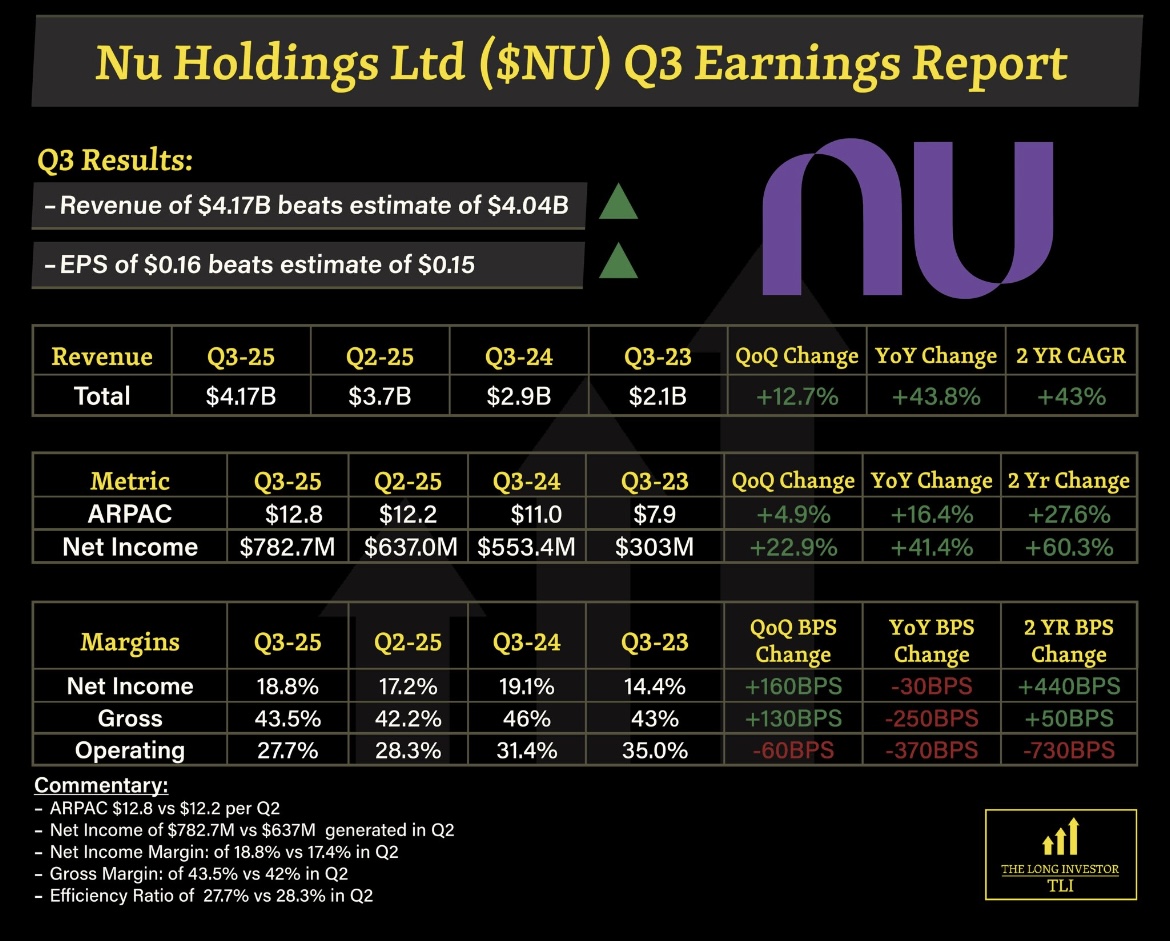Hi all,
Looking for advice and opinions.
I don’t want to many positions in my portfolio, I therefore am looking to sell 2 companies as I don’t want to own too many companies– diversification is good, but no one got rich on their 7th best idea. Here are my thoughts, looking forward to hearing yours!
PayPal $PYPL (-0,02%)
I’m currently evaluating if I should sell my PayPal position. I think Mr. Market is wrong about PayPal. In my opinion the value of PayPal is higher than its current valuation. With that being said, PayPal is my smallest position, and I’m not convinced about the company’s’ ability to grow (as compared to its competitors).
AliBaba $BABA (-0,9%)
In Alibaba I used to believe there was a lot of upside, many were fearful as there are a lot of tensions going on around China. Recently Alibaba has seen a lot of growth, mainly due to their strong position on AI. When looking at the core of Alibaba (the e-commerce platform) I’ve lost my conviction, many analysts are bullish on Alibaba for their progress in AI. What do you think?
Nvidia $NVDA (-3,26%)
For Nvidia I am bullish, the numbers are amazing, however I fear this may bring risks. Whenever numbers are short of being perfect, the market will overreact. Should I sell now and wait for a correction of some sort? Also, seriously doubting whether Nvidia has hit the ceiling or not. They are currently the largest company ever; how much bigger can it get?
META $META (-1,55%)
META is another earnings powerhouse and a stock I like long term. My only concern is whether Mark is overspending on AI investments. Time will tell. :)
UnitedHealth $UNH (+1,45%)
UnitedHealth is a great company with strong fundamentals, a wide moat, and an attractive valuation. My only worry is the criticism of the US healthcare system and companies like UNH. It’s a political issue for many, and I’m worried margins could decline in the long run.
ASML $ASML (-3,69%)
& Nu Holdings $NU (+0,49%)
I see a lot of potential for ASML and Nu Holdings. I am not considering to sell them.
I am a long-term investor and I’m not looking to sell very often, I will keep my stocks for the next 10 years at least. Currently I feel the need to rebalance as I learn more every day.
In which stock do you see a lot of long-term potential?
I will be researching the following:
- Netflix $NFLX (+0,45%)
Visa $V (+0,4%)
Salesforce $CRM (-0,16%)
P&G $PG (+1,17%)

























